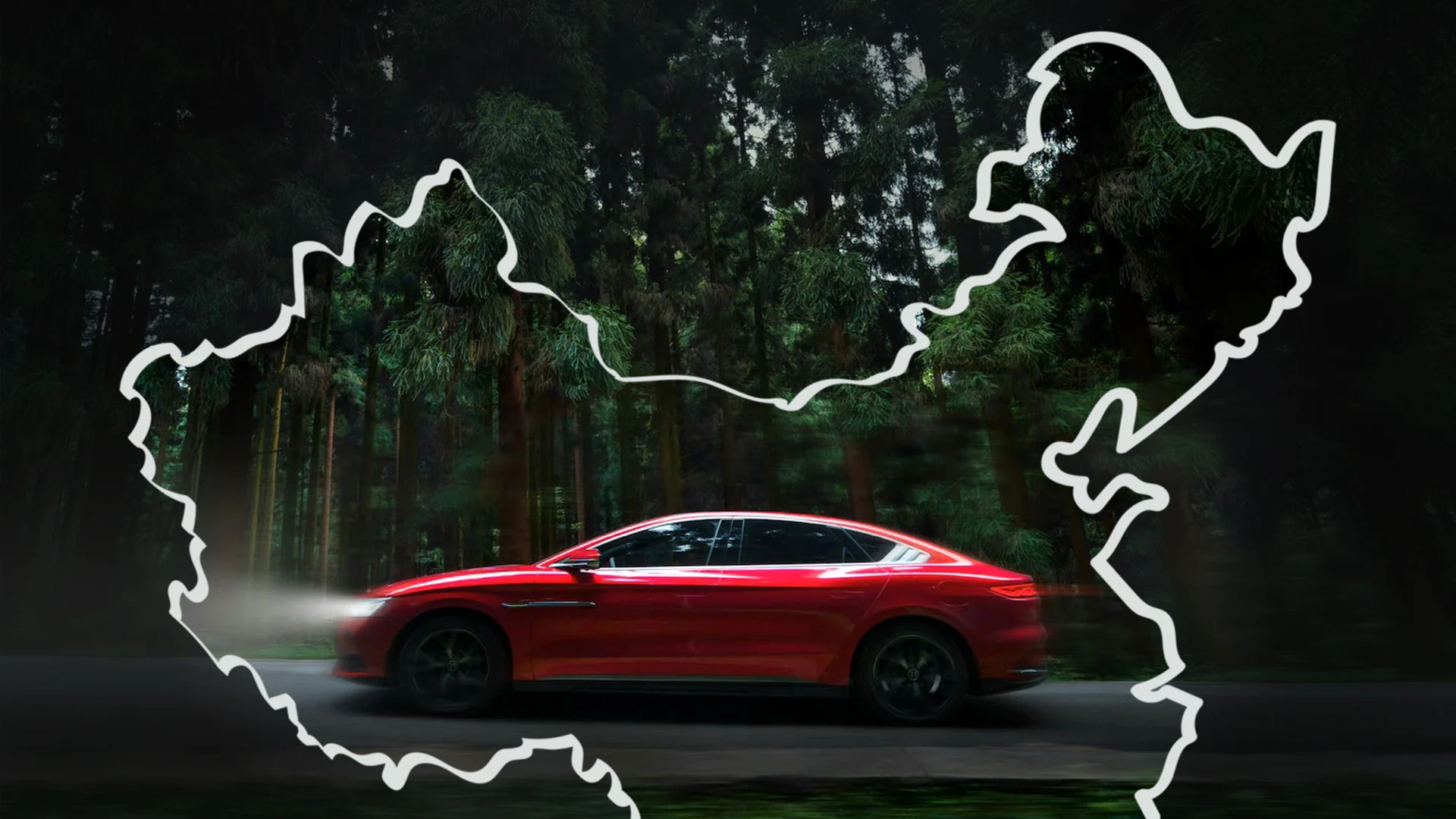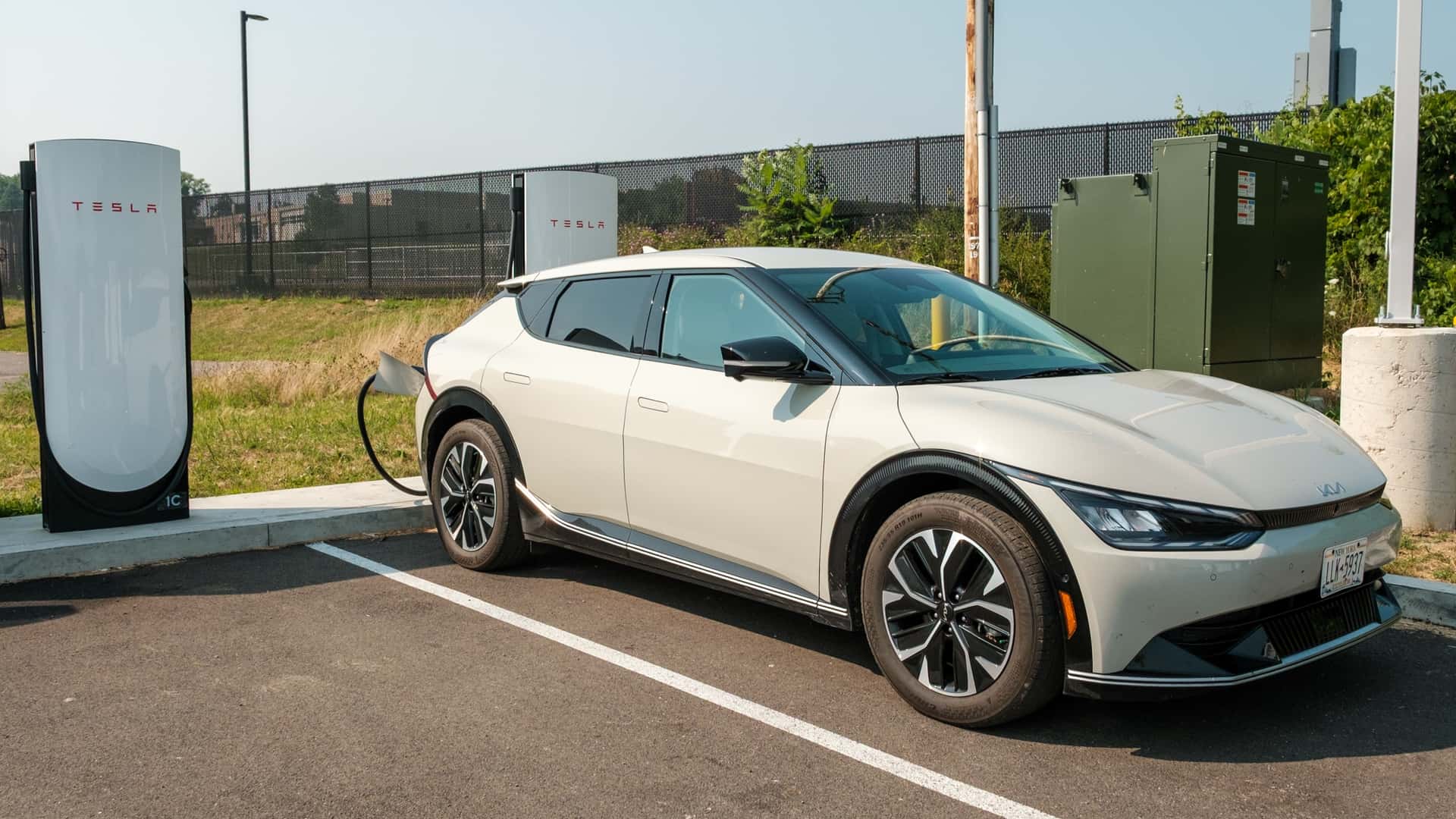#ev-adoption
#ev-adoption
[ follow ]
#electric-vehicles #charging-infrastructure #automotive-industry #tesla #range-anxiety #tesla-model-y
fromTESLARATI
2 weeks agoNVIDIA CEO Jensen Huang commends Tesla's Elon Musk for early belief
Elon Musk said in late November that he's "tried to warn" legacy automakers and "even offered to license Tesla Full Self-Driving, but they don't want it," expressing frustration with companies that refuse to adopt the company's suite, which will eventually be autonomous. Tesla has long established itself as the leader in self-driving technology, especially in the United States. Although there are formidable competitors, Tesla's FSD suite is the most robust and is not limited to certain areas or roadways. It operates anywhere and everywhere.
Artificial intelligence
frominsideevs.com
2 months agoTesla's NACS Plug Should've Fixed EV Charging. Here's What We Got Instead
For years, it was assumed that concerns about the charging network were the sole reason why Tesla was seeing such runaway success. After all, Tesla had successfully convinced its customers that its cars and charging network came with almost no compromisesthat they could be used just like gas vehicles. And if other EVs couldn't offer the same experience, they were essentially destined to fail.
Cars
fromYanko Design - Modern Industrial Design News
2 months agoHonda's New Electric Motorcycle Uses Car Chargers. Yes, Really. - Yanko Design
The WN7 arrived in Europe with minimal fanfare, no grand reveal event, just a quiet launch that belies how significant this bike actually is. Honda's first real attempt to challenge the likes of Zero, Energica, and LiveWire has been paying attention to what works and what doesn't. The WN7 doesn't try to be revolutionary; instead, it aims for something arguably harder: making electric motorcycles feel normal, desirable, and ready for everyday riders.
Gadgets
fromTESLARATI
2 months agoTesla Model S makes TIME's list of Best Inventions
The Model S is among the most crucial developments in the automotive industry in the last century. Just as the Ford Model T made its mark on passenger transportation, becoming the first combustion engine vehicle to be successfully developed and marketed at a time when horse and buggy were the preferred mode of transportation, the Model S revolutionized things a step further.
Cars
frominsideevs.com
2 months agoVolvo's Long-Range EV Plans Might Be Hiding In Plain Sight
It's a funny-looking acronym that is short for extended range electric vehicle. While shrouded in mystery to the average person, marketing managers and bigwig executives see EREVs as the future of driving. The recipe is simple. You take a dedicated EV platform and you add in a gas engine that purely acts as a generator to recharge the battery, not to drive the wheels. You get a familiar user experience, way less range anxiety, and hopefully even fewer emissions.
Cars
[ Load more ]




